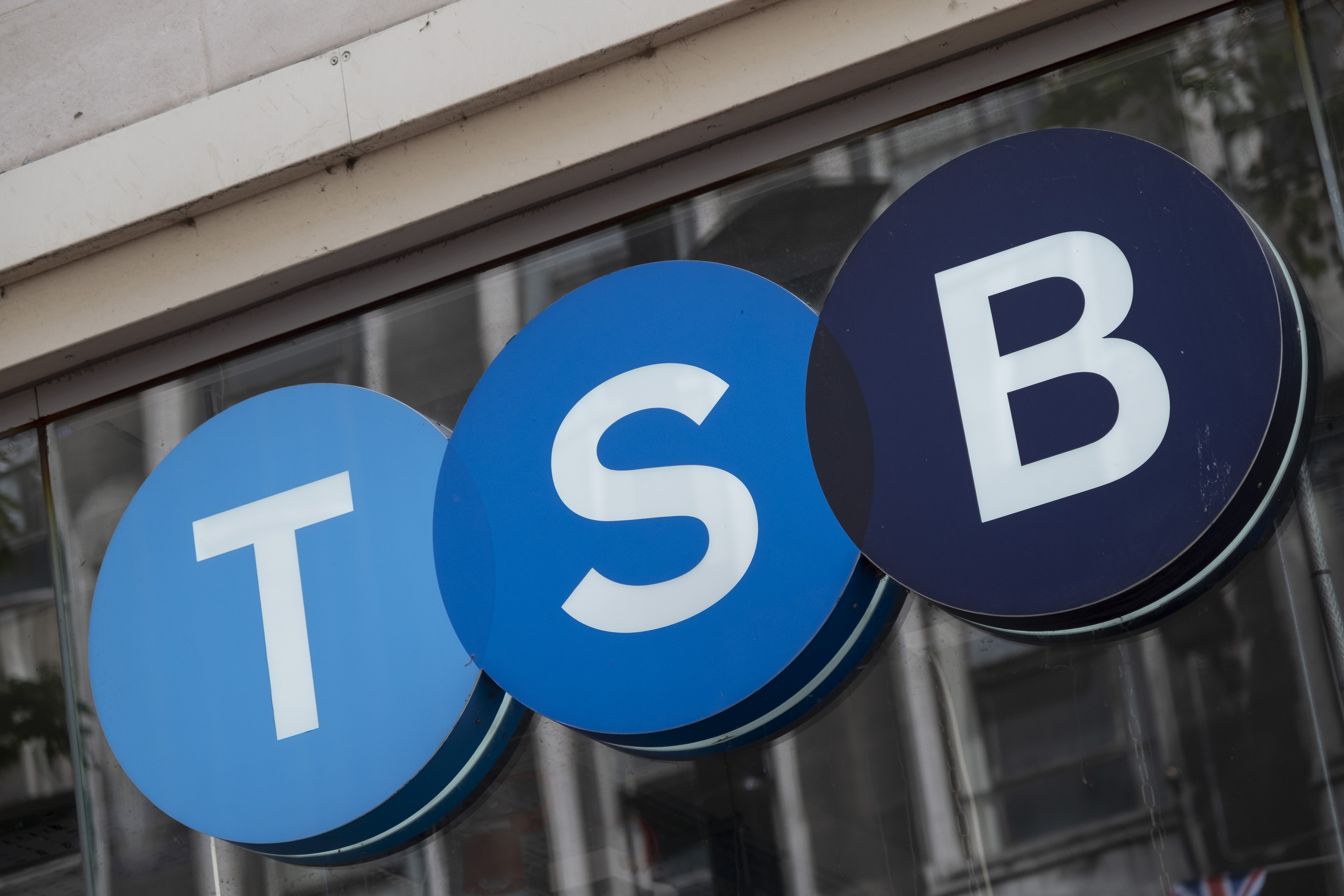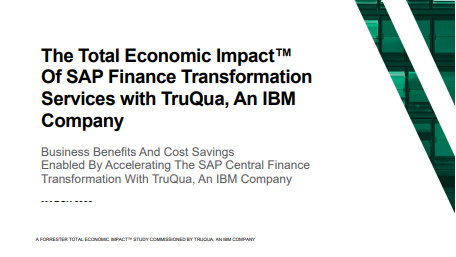A-level results day 2018: University uptake for STEM subjects flat despite more A-level entries
Girls achieve better grades than boys in computing, but huge gender gap still remains


The number of students accepted onto undergraduate STEM courses between 2017 and 2018 was flat, despite a rise in A-level entries for science and computing subjects.
IT Pro analysis of figures released by UCAS show the number of 'placed applicants' students accepted onto undergraduate courses for science and technology subjects fell slightly since last year; from 111,820 in 2017 to 111,360 this year a 0.004% decline.
By contrast, the Department for Education (DfE) says the number of students studying STEM subjects at A-level rose by 3.4%, alongside a 5.5% increase among girls. The gender breakdown for university entries by subject were not available at the time of writing. Figures released by the Joint Council for Qualifications show that the number of STEM-related subjects taken at A-level had increased from 34.5% to 36.2% since last year.
STEM subjects at university are defined as biological sciences, computer science, engineering and technology, mathematical sciences and physical sciences, according to the Higher Education Funding Council for England (HEFCE). While some of these saw marginal gains in the number of students applying, others saw significant drops including physical sciences, which received just over 1,000 fewer applicants.
On a positive note, computer science saw a modest 3% rise in undergraduate entries but this was offset by the fall in students accepted onto physical sciences and engineering courses.
"Today's results mark a major step in the academic journey of thousands of young people across the country, with many planning to enter further study at University and some big choices ahead," said Institute of Coding (IoC) director Dr Rachid Hourizi.
"It's absolutely critical that all those considering STEM courses at University level are fully aware of the huge career opportunities available in the tech sector, which is growing rapidly.
Get the ITPro daily newsletter
Sign up today and you will receive a free copy of our Future Focus 2025 report - the leading guidance on AI, cybersecurity and other IT challenges as per 700+ senior executives
"UK business leaders are crying out for experts in everything from cyber skills to data analytics, paying significant salaries to ensure the best and brightest sign up to their respective organisations.
This year's exam cycle also saw a particularly large increase in students taking the newly-introduced Computing A-level, with 23.9% further entries since last year. Overall, STEM comprised one in three-level entries, with the number of entries into science and maths subjects continuing to rise.
Despite girls generally achieving higher scores in Computing 20.1% achieving A* or A versus 17.9% of boys they were still vastly outnumbered; with males making up 88% of the student base.
Meanwhile, more girls than boys achieved C or above in Computing 64.6% against 62.3% with a slight increase in all students achieving C grades or above, 62.5% this year versus 61.2% last year.
This contrasts with pupils achieving A* to C grades across all subjects falling slightly, despite the gap between boys and girls achieving A* and A grades narrowing with girls now lagging behind by 0.4% versus 0.5% in 2017.
"These results are reflective of the lack of female role models in technology and STEM as a whole," said Tara O'Sullivan, Skillsoft's chief marketing officer.
"The field is male dominated. Young girls often feel like they don't have a place in STEM, so they don't choose these A-level subjects. To make a change, we need women who have climbed up the STEM ladder to showcase themselves and their career choice."
Flat STEM entrances at university level can perhaps be attributed to a wider decline in the number of results day university entries across all subjects, with UCAS finding a 1% decrease since 2017 the second year-on-year decline recorded. UCAS says this may coincide with an overall reduction of the number of 18 year-olds in the UK population.
The large rise of entrances into the newly-reformed Computing subject, however, has allayed fears that dropping ICT from the national curriculum would lead to a drop in the number of students taking computing sciences in the UK.
Researchers warned earlier this year that the decision to replace ICT, which is currently being phased out, with Computer Science would lead to a worsening skills gap in the long-term since the new subject was deemed more challenging, and less likely to attract female and BME applicants.
Focusing on a positive from today's results, Rackspace's EMEA chief technology officer Lee James labelled the rising number of STEM entries at A-level "incredibly promising".
"The career opportunities for those with STEM qualifications has exploded with enterprise digital transformation," he said.
"Studying engineering doesn't mean you have to be an engineer; studying computing won't necessarily lead you to be an IT technician. Graphic design, for instance, now commonly involves website and application development, while even the police now offer officers training in cybercrime."
"Having a solid skillset in STEM will help these young people take full advantage of a future job market where data and technology are king, and enable them to explore a creative, unpredictable and exciting career."
Meanwhile, Informatica's vice president for the UK and Ireland Tony Reid said more work needed to be done in bridging the UK skills gap.
"There is still a long way to go in an area that is critical for the future of our economy and productivity," he said.
"Industries are being disrupted faster than ever before, and in a bid to keep up, many organisations kickstart initiatives to try and maximise the potential profits enabled by new technologies.
"The economy needs skills now, not in five years' time when the curriculum catches up, and we as businesses must play our part in making sure young people are learning the right things at the right time."

Keumars Afifi-Sabet is a writer and editor that specialises in public sector, cyber security, and cloud computing. He first joined ITPro as a staff writer in April 2018 and eventually became its Features Editor. Although a regular contributor to other tech sites in the past, these days you will find Keumars on LiveScience, where he runs its Technology section.
-
 Google faces 'first of its kind' class action for search ads overcharging in UK
Google faces 'first of its kind' class action for search ads overcharging in UKNews Google faces a "first of its kind" £5 billion lawsuit in the UK over accusations it has a monopoly in digital advertising that allows it to overcharge customers.
By Nicole Kobie
-
 Neural interfaces promise to make all tech accessible – it’s not that simple
Neural interfaces promise to make all tech accessible – it’s not that simpleColumn Better consideration of ethics and practical implementation are needed if disabled people are to benefit from neural interfaces
By John Loeppky
-
 Optimise CX and accelerate business growth through your voice network
Optimise CX and accelerate business growth through your voice networkwhitepaper Protecting the human experience in a digital world
By ITPro
-
 Enterprises are doubling down on IT optimization strategies – and it’s delivering huge financial returns
Enterprises are doubling down on IT optimization strategies – and it’s delivering huge financial returnsNews Organizations that have cracked IT cost optimization and innovation reap the rewards both financially and in terms of time to market.
By Emma Woollacott
-
 IDC InfoBrief: Sustainability doesn’t need to be all stick and no carrot
IDC InfoBrief: Sustainability doesn’t need to be all stick and no carrotwhitepaper CIOs are facing two conflicting strategic imperatives
By ITPro
-
 How to empower employees to accelerate emissions reduction
How to empower employees to accelerate emissions reductionin depth With ICT accounting for as much as 3% of global carbon emissions, the same as aviation, the industry needs to increase emissions reduction
By Fleur Doidge
-
 The Forrester Wave™: API management solutions
The Forrester Wave™: API management solutionsWhitepaper The 15 providers that matter the most and how they stack up
By ITPro
-
 Former TSB CIO fined £81,000 for botched IT migration
Former TSB CIO fined £81,000 for botched IT migrationNews It’s the first penalty imposed on an individual involved in the infamous migration project
By Ross Kelly
-
 Schneider Electric unveils its first e-commerce partner program
Schneider Electric unveils its first e-commerce partner programNews Partners will be assigned a dedicated Schneider expert to aid strategy development
By Daniel Todd
-
 The Total Economic Impact™ of SAP finance transformation services with TruQua
The Total Economic Impact™ of SAP finance transformation services with TruQuaWhitepaper Business benefits and cost savings enabled by accelerating the SAP central finance transformation
By ITPro